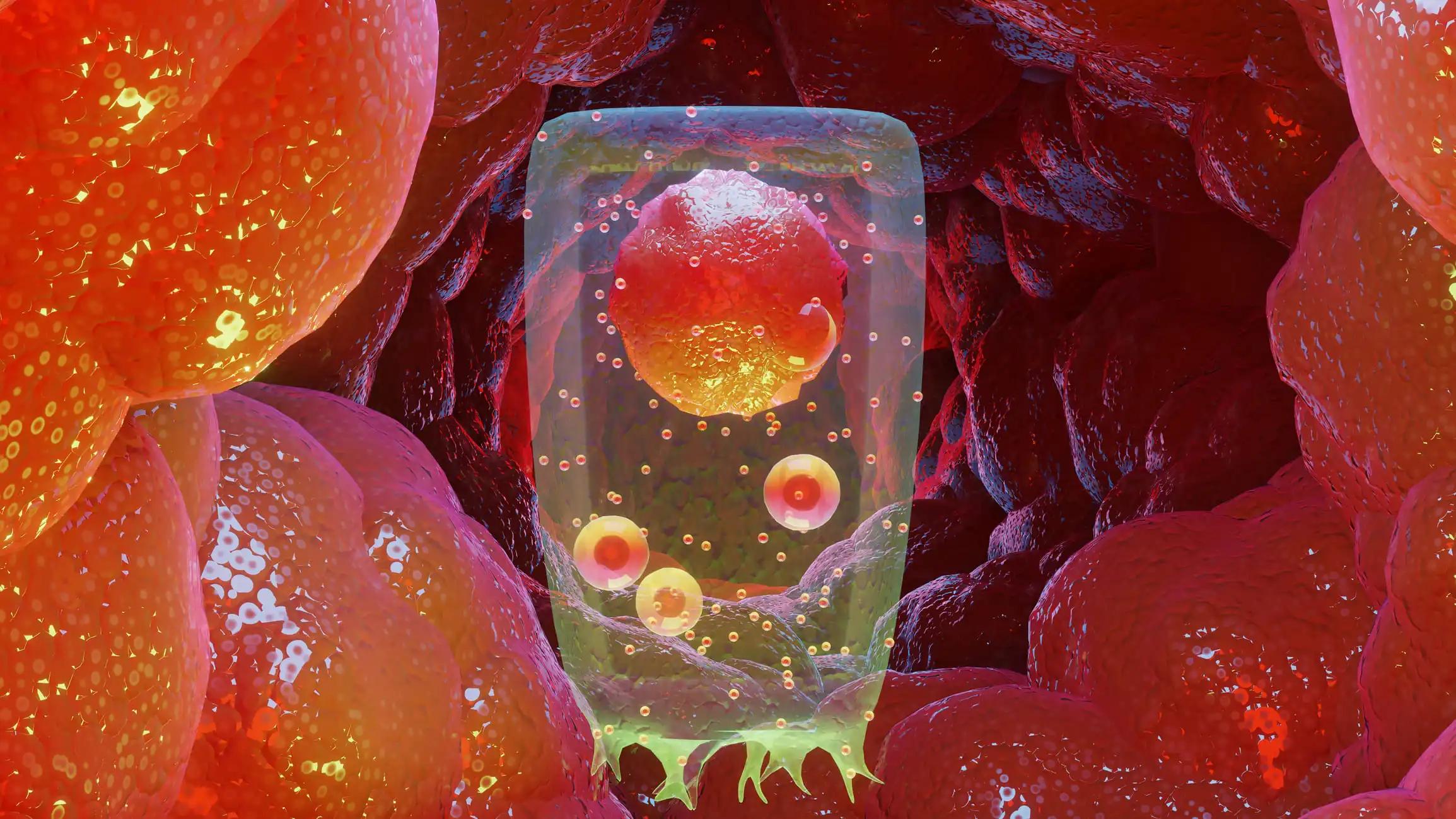KEY TAKEAWAYS
- The study aimed to evaluate axi-cel’s cost-effectiveness vs. mosun in 3L+ r/r FL patients from a US payer perspective.
- The study concluded that axi-cel proves cost-effective over mosun, aligning with the $150k/QALY US threshold.
Recently, the US Food and Drug Administration has approved novel therapies for 3L+ relapsed/refractory follicular lymphoma (FL). These include anti-CD19 CAR-T therapies like axicabtagene ciloleucel (axi-cel) and CD20 × CD3 T-cell-engaging bispecific monoclonal antibodies such as mosunetuzumab (mosun).
Olalekan O Oluwole and the team aimed to evaluate the cost-effectiveness of axi-cel vs. mosun in 3Lpatients with r/r FL from a US payer standpoint.
The study utilized a three-state partitioned-survival model compared two treatments over a lifetime horizon in a hypothetical cohort of US adults (age ≥18) receiving 3L+ treatment for r/r FL. Trial data from ZUMA-5 and GO29781 informed progression-free survival (PFS) and overall survival (OS). Mosun survival was modeled via HRs applied to axi-cel survival curves.
The PFS HR value was estimated through a matching-adjusted indirect comparison (MAIC) based on mosun pseudo-individual patient data and adjusted axi-cel data to account for trial population differences. One-way sensitivity analysis (OWSA) and probabilistic sensitivity analyses (PSA) were conducted.
Scenario analyses included applying the mosun HRs to the weighted (adjusted) ZUMA-5 24-month data to most accurately reflect the MAIC, applying mosun HR values to axi-cel 48-month follow-up data, and incorporating recent axi-cel health state utility values in diffuse large B-cell lymphoma patients.
The results revealed that compared to mosun, axi-cel showed estimated increases of 1.82 life years (LY) and 1.89 quality-adjusted life years (QALY). Patients receiving axi-cel experienced a PFS of 6.42 LY, compared to 1.60 LY for those on mosun.
The analysis indicated a $257,113 increase in costs during the progression-free state, primarily due to one-time axi-cel treatment expenses. Axi-cel incurred total incremental costs of $204,377, resulting in an incremental cost-effectiveness ratio (ICER) of $108,307 per QALY gained. OWSA produced ICERs ranging from $240,255 to $75,624, with the majority falling below the $150,000/QALY threshold.
In PSA, axi-cel demonstrated a 64% probability of being cost-effective over 5,000 iterations, using a $150,000 willingness-to-pay threshold. Scenarios 1 and 2 yielded ICERs of $105,353 and $102,695, respectively.
The study concluded that axi-cel proves to be cost-effective in comparison to mosun, aligning with the commonly cited $150,000/QALY US willingness-to-pay threshold. The findings remained robust across various sensitivity analyses, effectively addressing parameter uncertainty.
Funding was received from Kite Pharma, Inc.
Source: https://pubmed.ncbi.nlm.nih.gov/38855109/
Oluwole OO, Ray MD, Zur RM, et al. (2024). “Cost-effectiveness of treating relapsed or refractory 3L+ follicular lymphoma with axicabtagene ciloleucel vs mosunetuzumab in the United States.” Front Immunol. 2024 May 24;15:1393939. doi: 10.3389/fimmu.2024.1393939. PMID: 38855109; PMCID: PMC11157123.



